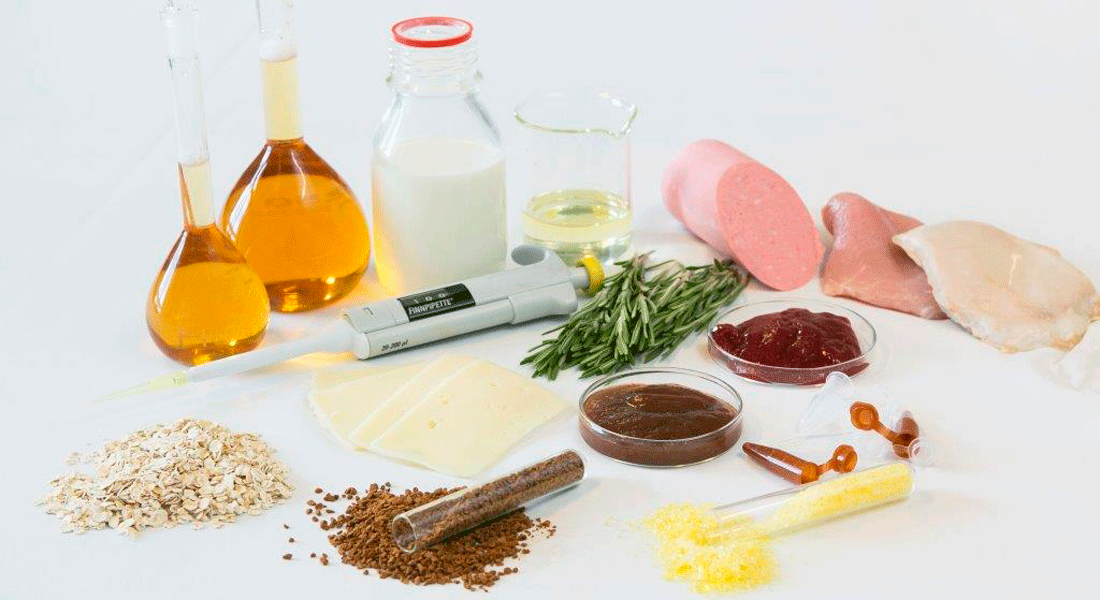The modern food production industry is a complex and intricate web of processes, and at the heart of it all lies the science of chemistry. From the fields to your plate, chemistry plays a vital role in ensuring the food you consume is safe, nutritious, and delicious. In this article, we delve into the fascinating world of chemistry in food production, exploring its various facets.
Farming and Soil Chemistry
Soil Nutrients and Plant Growth
In the agricultural sector, chemistry is instrumental in optimizing crop production. Soil analysis, a branch of agricultural chemistry, helps farmers understand the chemical composition of their soil. By identifying nutrient deficiencies or imbalances, farmers can make informed decisions about fertilization, leading to healthier and more abundant crops.
Pesticides and Herbicides
Chemistry also plays a role in the development of pesticides and herbicides. These chemical agents help protect crops from pests and weeds, increasing overall yield. However, it’s essential to strike a balance between effective pest control and environmental safety.
Food Processing and Chemistry
Food Preservation
One of the most critical aspects of food processing is preservation, and chemistry offers a variety of methods for achieving this. From canning and freezing to the use of chemical preservatives, science ensures that your food remains safe and fresh for longer periods.
Flavor Enhancement
Ever wonder what gives your favorite snacks their delicious flavors? Flavor chemistry is the answer. Chemists work to identify and replicate the compounds responsible for taste, allowing food manufacturers to create products that tantalize your taste buds.
Food Additives
Chemists are responsible for evaluating and regulating the use of food additives. These substances, often chemical in nature, enhance food texture, appearance, and shelf life. Safety and strict oversight ensure that these additives do not harm consumers.
Nutritional Chemistry
Understanding Nutrients
Chemistry aids in analyzing the nutritional content of food. Through various tests and methods, scientists can determine the levels of essential nutrients such as vitamins, minerals, and macronutrients like carbohydrates and proteins. This information is crucial for both food labeling and ensuring a balanced diet.
Food Fortification
In some cases, essential nutrients are added to foods to combat deficiencies in certain populations. This process, known as food fortification, relies on the precise measurement and addition of nutrients to improve public health.
Quality Control and Safety
Food Testing
Chemistry is at the forefront of food testing and quality control. Laboratories use chemical analysis to detect contaminants, pathogens, and adulterants in food products, ensuring that what you eat is safe.
Traceability
Chemical markers and tracers are often used to track the origin and journey of food products. This traceability ensures that in case of issues, recalls can be efficiently managed, and the source of the problem identified.
The Brewing and Baking Chemistry
Fermentation
Fermentation is a chemical process that transforms food products into alcoholic beverages and bread. The magic happens when yeast, a microorganism, consumes sugars and converts them into alcohol and carbon dioxide. This process is vital in producing not only beer and wine but also leavened bread.
Baking Science
The perfect loaf of bread or a mouthwatering cake is the result of precise measurements and chemical reactions. Chemistry controls the rising of dough through the release of gases, the Maillard reaction that gives baked goods their golden crust, and the creation of mouthwatering aromas.
Packaging and Chemistry
Food Packaging Materials
Chemistry plays a significant role in developing food packaging materials that keep your food fresh. From plastic films to modified atmosphere packaging, the selection of materials is guided by their chemical properties.
Shelf Life Extension
The chemistry of packaging also extends to preserving food. Oxygen scavengers and desiccants absorb excess moisture and oxygen, preventing spoilage and prolonging the shelf life of products.
Sustainable Practices
Reducing Food Waste
In the chemistry industry, there’s a growing focus on reducing food waste. Smart packaging, like time-temperature indicators, can alert consumers if a product has spoiled, helping to cut down on the billions of pounds of food discarded each year.
Clean Label Trends
Chemists are working on innovative ways to meet the demand for clean label foods, which contain minimal additives. This involves the development of natural preservatives and other additives to maintain food quality without resorting to synthetic chemicals.
Food Safety and Chemistry
Foodborne Pathogens
Chemistry plays a significant role in detecting and eliminating foodborne pathogens. From testing for the presence of harmful microorganisms to the use of antimicrobial agents, the chemical industry contributes to food safety.
Food Allergens
Chemists are also at the forefront of detecting food allergens, helping to ensure that products are labeled accurately, and consumers with allergies are protected.
In conclusion, the role of chemistry in food production is far-reaching and indispensable. It starts in the fields where soil chemistry influences crop growth and extends to food processing, ensuring preservation and taste. Nutritional chemistry helps us understand what we consume, while quality control guarantees food safety. The next time you enjoy a meal, remember that it’s not just a plate of food; it’s a result of the fascinating science of chemistry working behind the scenes to nourish the world.







